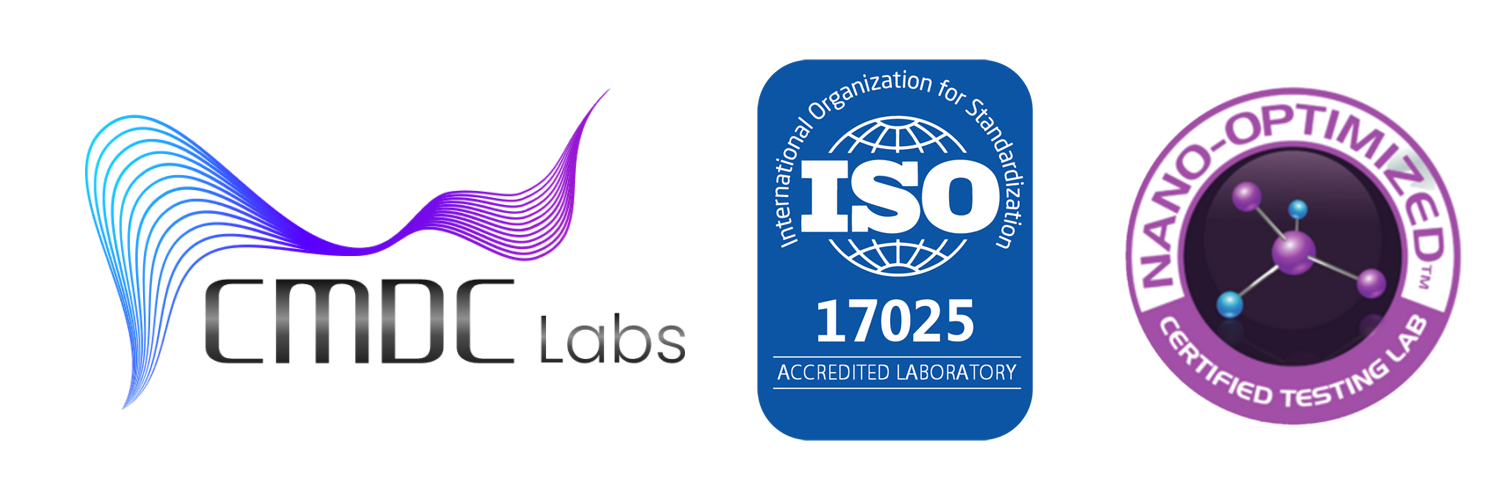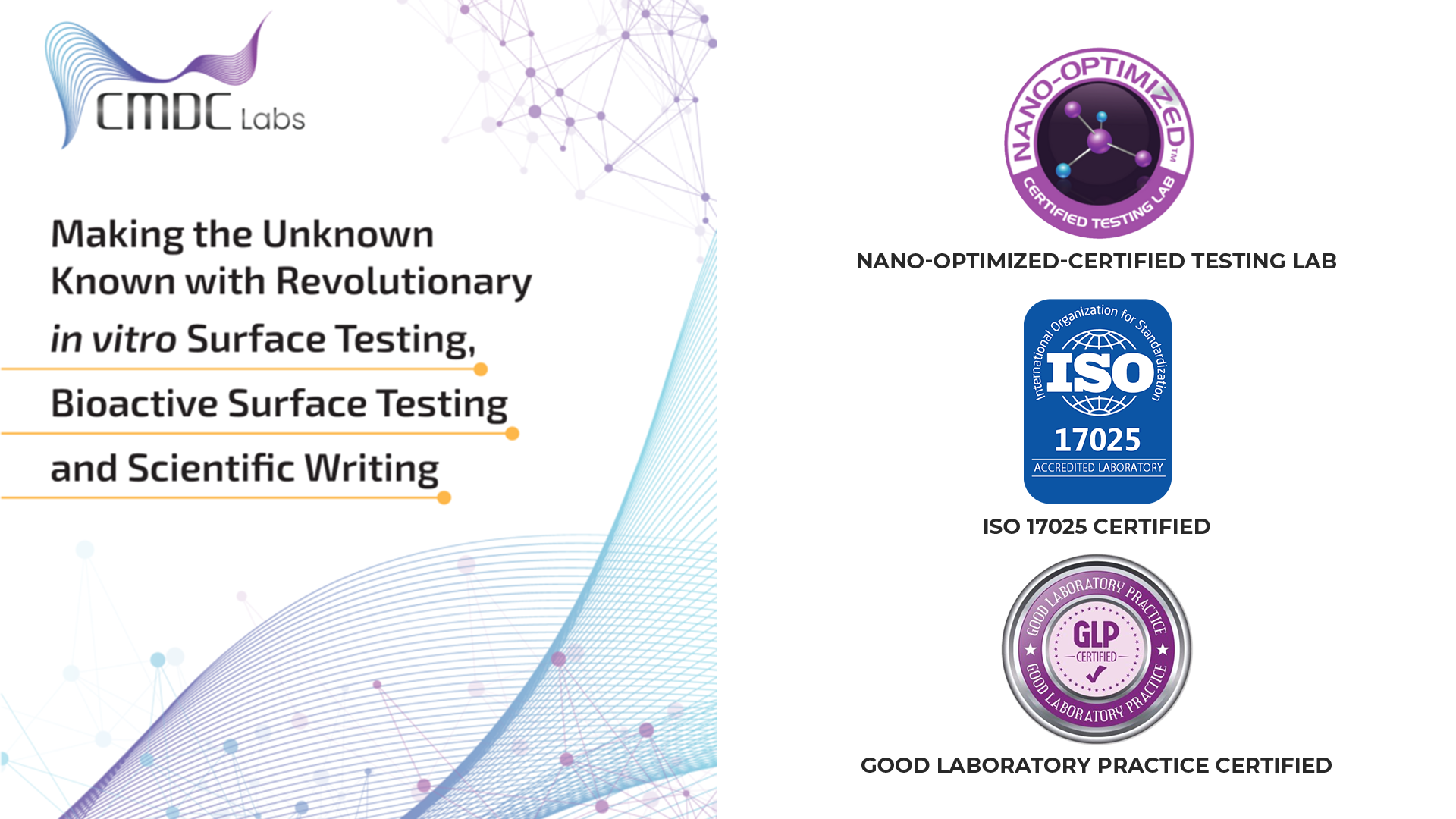Ensuring the sterility of medical devices, pharmaceuticals, and biotechnology products is critical for patient safety and regulatory compliance. Sterility testing is an essential part of the quality assurance process, aiming to detect the presence of viable microorganisms in these products. At CMDC Labs, we leverage cutting-edge technologies and methodologies to provide reliable and accurate sterility testing services. This article explores the advancements in sterility testing and how CMDC Labs is leading the way in this vital area.
The Importance of Sterility Testing
Sterility testing ensures that medical and pharmaceutical products are free from viable microorganisms that could cause infections or other adverse health effects. This testing is a regulatory requirement enforced by agencies such as the FDA (Food and Drug Administration), EMA (European Medicines Agency), and other international bodies. The primary goals of sterility testing include:
- Patient Safety: Preventing infections and ensuring that products are safe for use.
- Regulatory Compliance: Meeting the stringent requirements of regulatory bodies.
- Quality Assurance: Ensuring that manufacturing processes consistently produce sterile products.
Traditional Sterility Testing Methods
Traditional sterility testing methods include the membrane filtration and direct inoculation techniques. These methods involve incubating the test samples in culture media to detect the growth of microorganisms. While effective, these methods have limitations such as long incubation periods (up to 14 days) and potential for false negatives due to the inability to detect certain fastidious organisms.
Advancements in Sterility Testing at CMDC Labs
At CMDC Labs, we stay at the forefront of sterility testing by adopting advanced technologies and methodologies that address the limitations of traditional methods. Our innovative approaches include:
1. Rapid Microbiological Methods (RMM)
Rapid Microbiological Methods (RMM) are advanced techniques that provide faster results compared to traditional culture-based methods. RMMs include technologies such as PCR (Polymerase Chain Reaction), ATP bioluminescence, and flow cytometry.
- PCR: PCR-based methods amplify microbial DNA, allowing for the rapid detection of microorganisms. This technique offers high sensitivity and specificity, enabling the detection of low levels of contamination.
- ATP Bioluminescence: This method measures the presence of ATP, a molecule found in all living cells. The bioluminescence produced by ATP can be detected quickly, indicating microbial contamination.
- Flow Cytometry: Flow cytometry analyzes the physical and chemical characteristics of cells, allowing for the rapid detection and quantification of microorganisms.
2. Automated Sterility Testing Systems
Automated sterility testing systems enhance the accuracy and efficiency of sterility testing by minimizing human intervention and reducing the risk of contamination.
- High Throughput: Automated systems can process multiple samples simultaneously, increasing efficiency.
- Consistency: These systems ensure consistent and repeatable results, which are crucial for reliable sterility testing.
- Reduced Contamination Risk: By minimizing human interaction, automated systems reduce the potential for contamination.
3. Isolator Technology
Isolator technology provides a controlled environment for sterility testing, protecting samples from external contamination.
- Controlled Environment: Isolators maintain a sterile environment, ensuring that the samples remain uncontaminated throughout the testing process.
- Enhanced Safety: The use of isolators minimizes the risk of cross-contamination, providing a higher level of assurance for sterility testing.
CMDC Labs’ Commitment to Quality and Compliance
At CMDC Labs, we are committed to maintaining the highest standards of quality and compliance in sterility testing. Our commitment includes:
1. Rigorous Quality Control
We implement stringent quality control measures to ensure the accuracy and reliability of our sterility testing results. This includes:
- Regular Calibration: Regular calibration of equipment to maintain accuracy and precision.
- Proficiency Testing: Participation in proficiency testing programs to benchmark our methods against industry standards.
- Internal Audits: Conducting internal audits to continuously review and improve our testing processes.
2. Continuous Improvement
We are dedicated to continuous improvement, regularly updating our methods and technologies to stay ahead of industry advancements.
- Staff Training: Our team undergoes continuous training to stay updated on the latest developments in sterility testing.
- Method Validation: We validate our testing methods to ensure their accuracy, precision, and reproducibility.
The Benefits of Advanced Sterility Testing
Adopting advanced sterility testing methods offers several benefits:
- Faster Results: Rapid microbiological methods provide quicker results, enabling faster decision-making and reducing time to market.
- Increased Sensitivity: Advanced methods offer higher sensitivity, ensuring the detection of low levels of contamination.
- Enhanced Reliability: Automated systems and isolator technology enhance the reliability and consistency of sterility testing results.
Conclusion
CMDC Labs is at the forefront of sterility testing, leveraging advanced technologies and methodologies to ensure the highest standards of safety and quality. By adopting rapid microbiological methods, automated systems, and isolator technology, we provide reliable and accurate sterility testing services that meet regulatory requirements and protect patient health. Our commitment to quality, innovation, and continuous improvement ensures that we remain a trusted partner in the pharmaceutical and medical device industries.
For more information on our sterility testing services and how we can support your product development, connect with us!
References
-
USP. “Chapter <71> Sterility Tests.”
-
PDA Journal of Pharmaceutical Science and Technology. “Rapid Microbiological Methods: A Review of Methods and Applications.”
-
FDA. “Guidance for Industry: Sterile Drug Products Produced by Aseptic Processing.”

